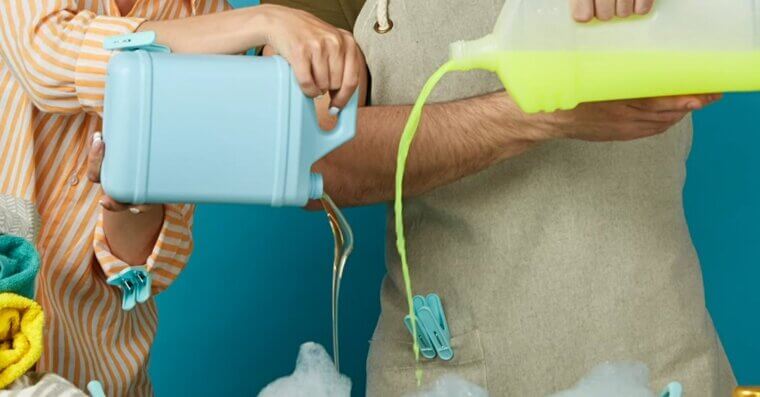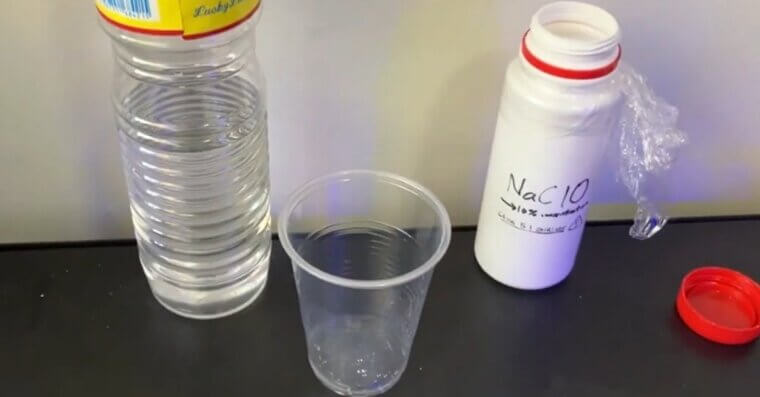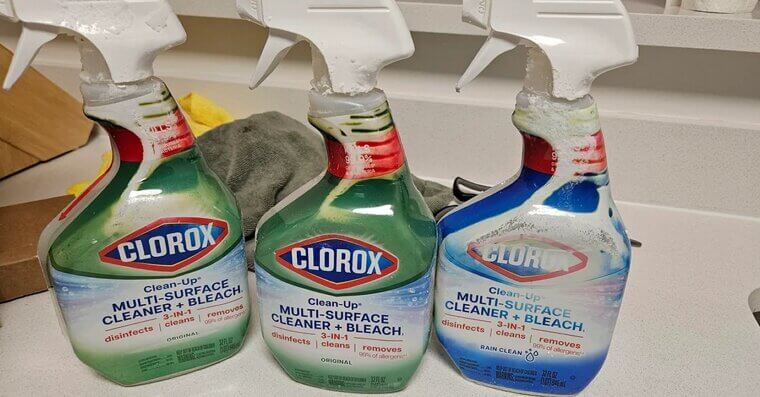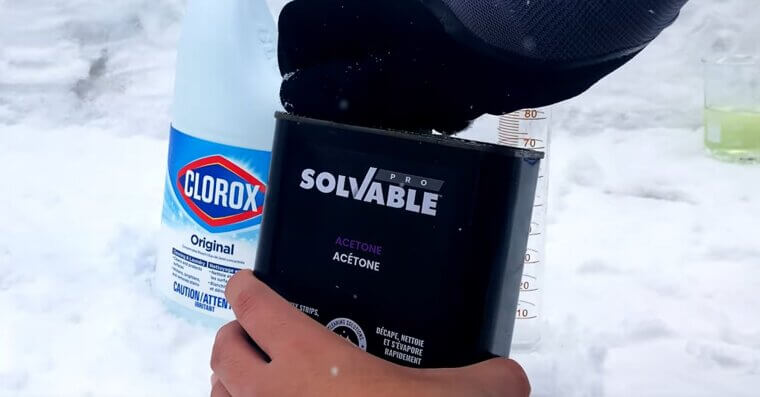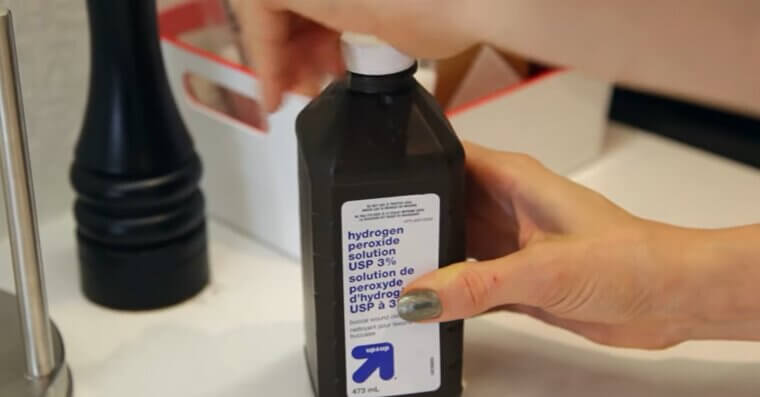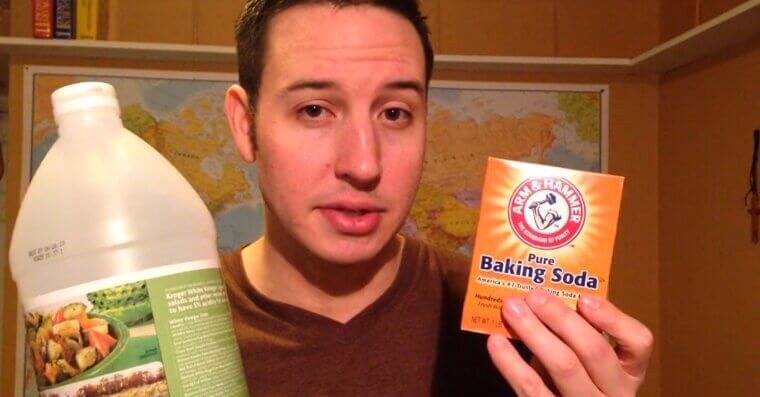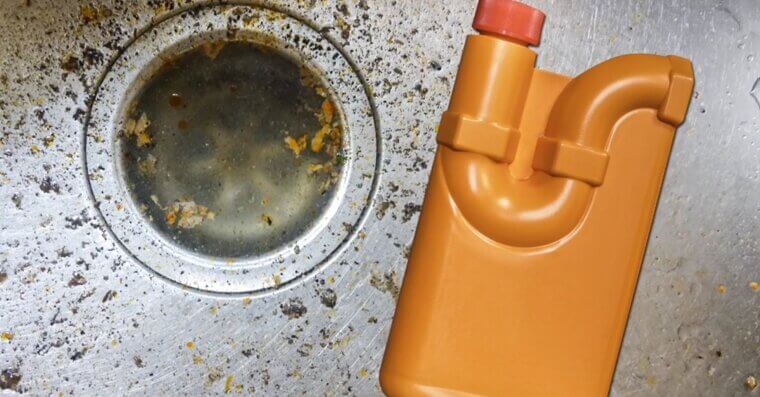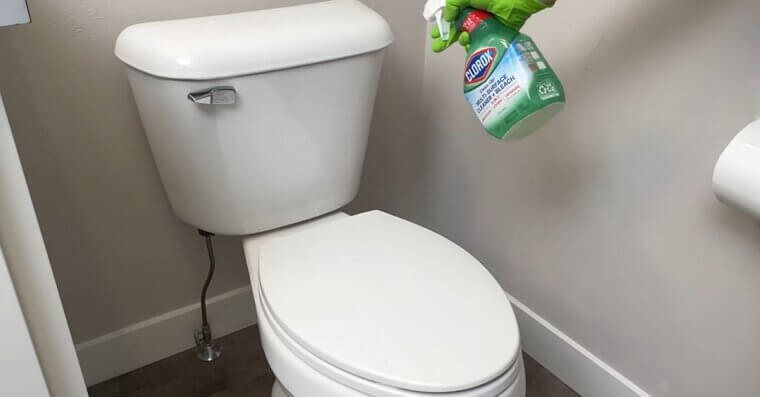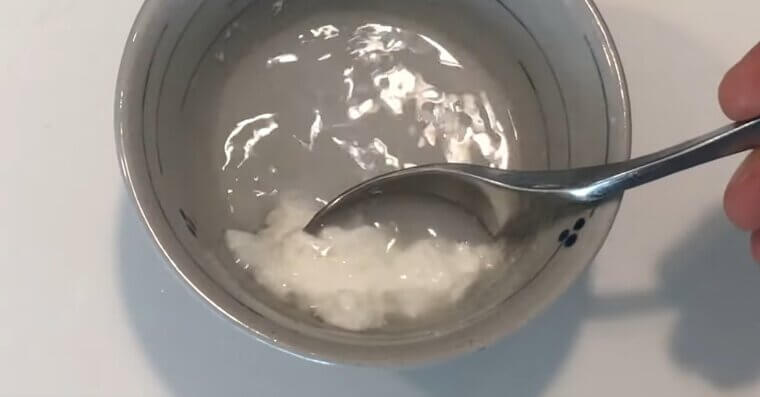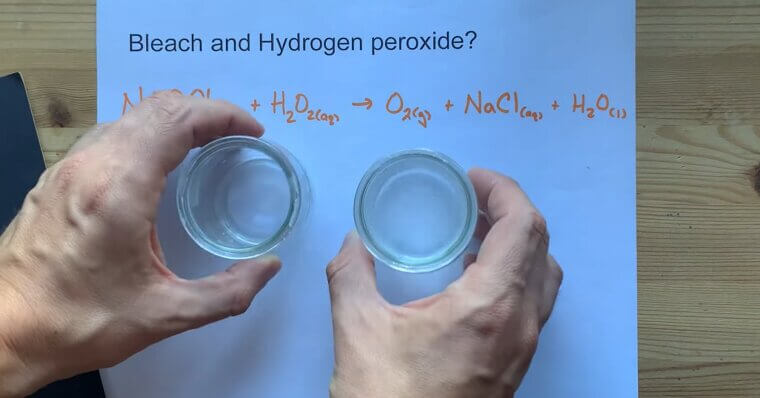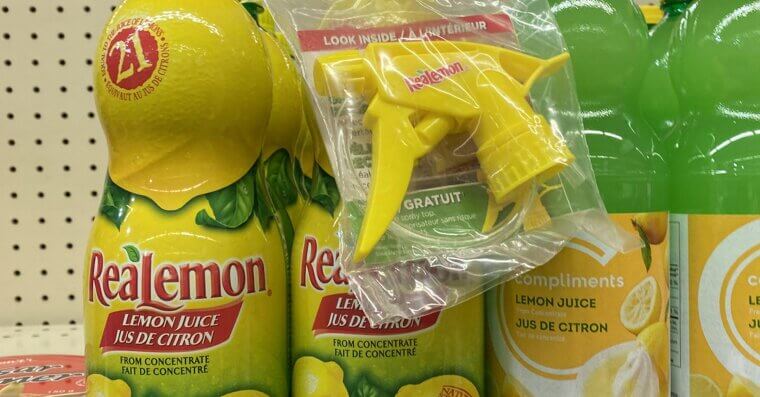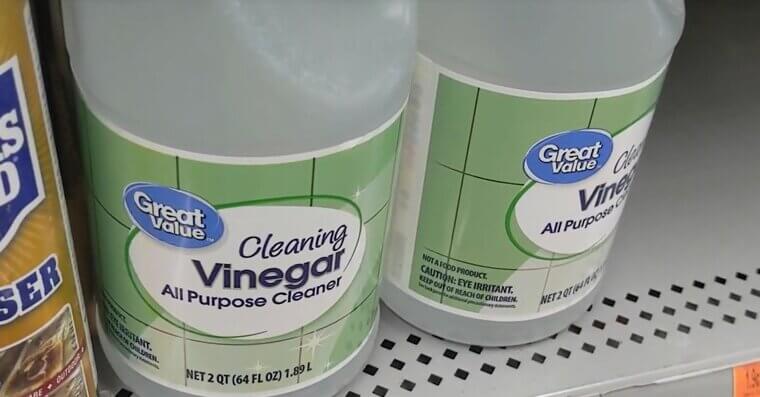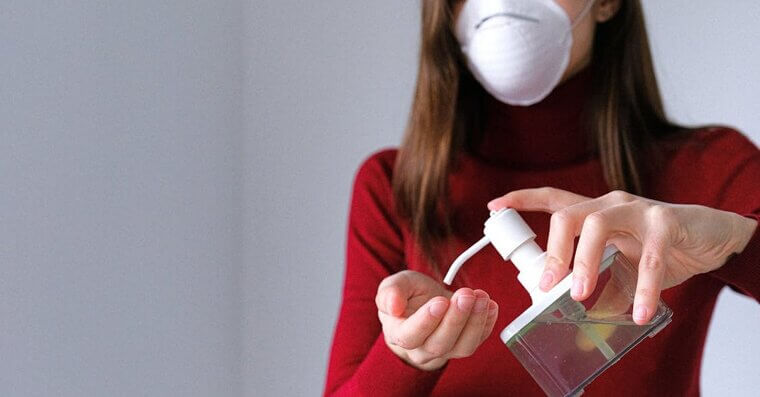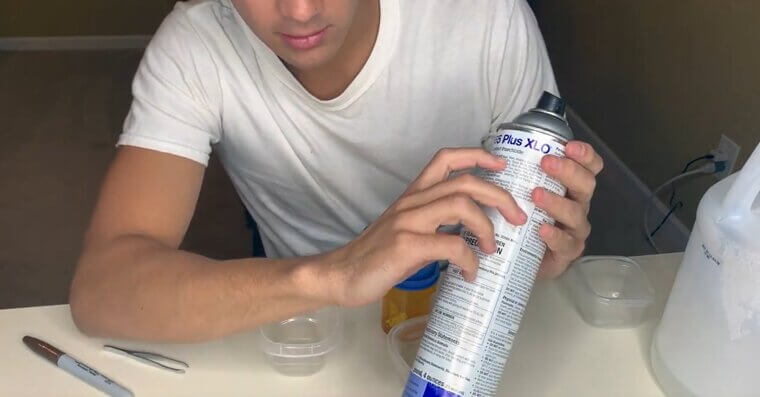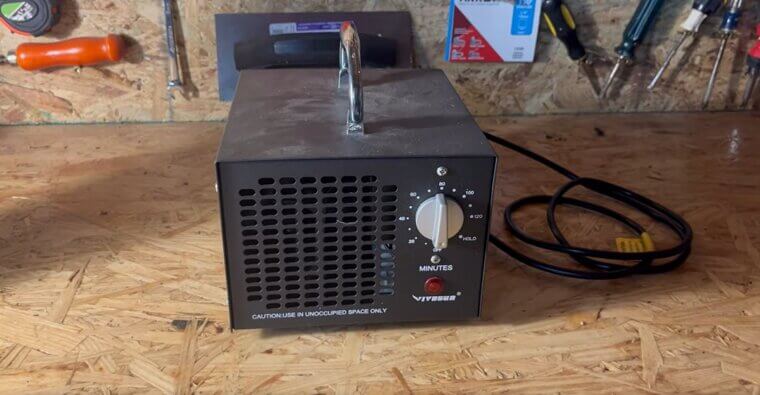Beware of Household Cleaner Combos
We’ve all had that moment of staring at an unexpected mess and wondering if mixing a couple of cleaners might make the job easier or faster. But some household chemicals just don’t play well together. In fact, mixing the wrong ones can create toxic fumes that very much can severely injure or kill. This list will inform you of what should never be mixed together if you want to stay safe.
Bleach and Ammonia
This combo creates toxic vapors that can seriously irritate your lungs and, tragically, they even be fatal in high concentrations. You’ll find ammonia in a lot of glass cleaners, so never ever mix it with bleach thinking it’ll be harmless. It won’t be.
Bleach and Vinegar
Mixing bleach and vinegar actually produces chlorine gas, which is very dangerous indeed. It was one of the gases used in the trenches of World War I, even. It’ll burn your eyes, throat, and lungs, so if you want to keep those precious organs safe keep bleach and vinegar well apart.
Bleach and Rubbing Alcohol
Bleach is something you need to be wary of in general. When it meets rubbing alcohol, the two make chloroform – you know, the stuff that knocks people out in movies. Movies exaggerate what chloroform does, but it’s still super dangerous and can knock you out or cause liver and kidney damage with enough exposure.
Bleach and Acetone (Nail Polish Remover)
Mixing bleach with acetone (an ingredient found in many nail polish removers) can create chloroform and other toxic compounds. If you’re not careful, it can knock you out and result in an expensive hospital bill. Never ever clean up nail polish spills with bleach.
Hydrogen Peroxide and Vinegar
Separately, they’re great cleaners. But together they make peracetic acid, which is corrosive and can irritate your skin, eyes, and respiratory system. Some folks try to use this combo in spray bottles, and soon end up regretting it. Don’t be one of them.
Baking Soda and Vinegar
Yes, they’re a fun science experiment (they make volcanos!) and safe enough on open surfaces. But if you seal that mix in a container it creates pressure fast, and your bottle could explode. It’s great stuff for winning you first prize in a science fair, but leave it at that.
Drain Cleaner and a Different Drain Cleaner
Double doesn’t mean better here. Mixing two brands of drain cleaner - especially if one’s acid-based and the other alkaline - can cause explosions or release dangerous gases. Always use only one, and if it doesn’t work, don’t follow up with another. You can always call a plumber if you find yourself out of your depth.
Bleach and Toilet Bowl Cleaner
Some toilet bowl cleaners contain acids, and when mixed with bleach, they release toxic chlorine gas. If you’ve ever choked on fumes after combining these, you’ve learned the hard way. Stick to one cleaner per job and make sure there’s good ventilation in the room.
Vinegar and Castile Soap
You might think natural plus natural equals a better cleaner, but vinegar can actually break down castile soap into a greasy mess. Instead of cleaning, it leaves a curdled film that’s hard to rinse off. So it’s not dangerous, but it’s still not a good idea.
Hydrogen Peroxide and Bleach
Mixing these two can release oxygen gas rapidly, creating pressure and potential explosions in closed containers. Plus, the combo is unstable and corrosive – very bad news. Keep hydrogen peroxide and bleach far apart in your cleaning routine.
Bleach and Lemon Juice
Like vinegar, lemon juice is acidic. So when mixed with bleach, it releases chlorine gas. Even though it might smell citrusy at first, don’t be fooled, those fumes are toxic. If you want the scent of lemons, just use lemon juice on its own.
Vinegar and Chlorine-Based Disinfectants
Many “germ-killing” sprays contain chlorine compounds. Add vinegar, and you’ve got a cloud of chlorine gas in your house. Always read the label before adding vinegar to any surface you’ve sprayed, just to be safe.
Alcohol-Based Sanitizer and Bleach
Now that hand sanitizer is being used more often, it’s time to talk about its dangers. Alcohol and bleach can form chloroform and hydrochloric acid, and both are toxic and very irritating. Don’t use bleach wipes right after a hand sanitizer spill – and definitely don’t mix the two in a cleaning solution.
Bleach and Pesticides
Combining bleach with chemical pesticides can cause unpredictable, dangerous reactions, including the release of toxic gases. Even if it seems like a way to “double up” on cleaning and pest control, don’t do it. Clean first, pest control later.
Air Fresheners and Ozone Generators
Ozone air purifiers can react with the chemicals in air fresheners to create formaldehyde and other harmful byproducts. So instead of a fresh-smelling space, you might end up breathing in toxins. Skip them altogether and stick with natural ventilation instead.


